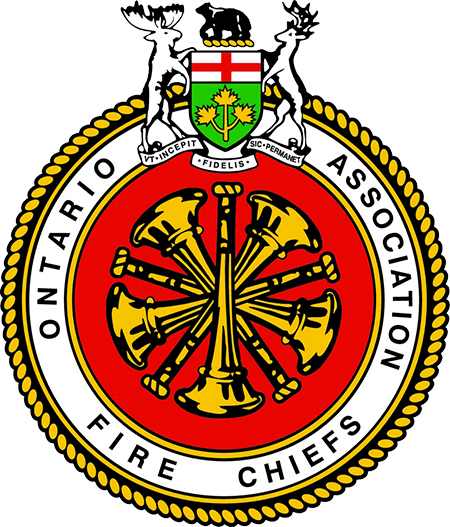Sault Ste. Marie Fire Services has received more than 300 new smoke and carbon monoxide alarms through a province-wide safety program aimed at driving fire- and carbon monoxide-related deaths down to zero.
At a media event Thursday, the fire service announced it was given 324 combination alarms through Safe Community Project Zero, a public-education partnership between Enbridge Gas Ontario and the Fire Marshal’s Public Fire Safety Council.
The program will distribute more than 14,200 alarms in 75 communities across the province this year.
According to a release, Enbridge Gas has invested $450,000 into the initiative in 2025, and more than 115,000 alarms have been provided to Ontario fire departments since the program began 17 years ago.
“When properly installed and maintained, combination smoke and carbon monoxide alarms provide the early warning needed to safely escape a house fire or carbon monoxide exposure,” said Cory Luukkonen, supervisor of operations at Enbridge Gas. “Carbon monoxide is an invisible threat often called ‘the silent killer,’ and proper maintenance of fuel-burning appliances is the most effective prevention.”
Fire chief Peter Johnson said the devices will support several programs, including the service’s seniors safety initiatives and Project ASAP, which installs alarms and reviews home-escape plans with vulnerable residents.
“A properly installed and maintained smoke alarm is the only thing in your home that can alert you and your family to a fire 24 hours a day,” Johnson said. “Smoke and carbon monoxide alarms must be maintained. The safety of everyone in your household depends on it.”
Public education officer Aaron Gravelle noted the timing is important as the heating season ramps up. The fire service sees most carbon monoxide calls between October and April, when homes are sealed for winter and furnaces, wood stoves, and gas appliances are running.
“It’s important that equipment is inspected annually by a licensed contractor, vents are clear, and filters are changed,” he said. “You don’t know carbon monoxide is in your home unless you have a working alarm.”
A major code change is also approaching: as of Jan. 1, 2026, any Ontario home that requires a carbon monoxide alarm must have one on every level, rather than only in sleeping areas.
For many residents — particularly seniors on fixed incomes — the cost of adding multiple alarms can be significant. The donated units retail for about $100 each, representing an estimated $32,400 in total local value.
“That’s a big price for people who need alarms on several levels of their home,” Gravelle said. “This program helps keep people safe and helps keep seniors in their homes.”
Residents found without working smoke or carbon monoxide alarms during an emergency response face a minimum $360 fine, Gravelle said.
Fire services officials said the donated alarms will begin going out immediately through existing community programs.
